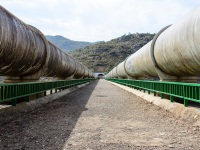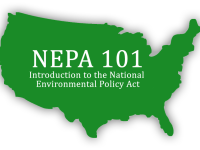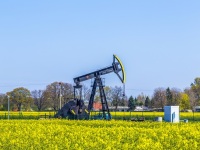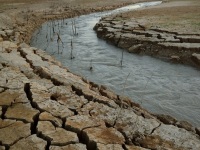Natural gas is a fossil fuel, like oil and coal. It’s formed from decayed organic material transformed by high temperatures and pressures over millions of years into bubbles of methane gas. Conventional sources are found in underground gas fields or oil fields. Unconventional sources are more challenging to extract because the gas is locked inside…
Read more
Natural Gas 101: Pros & Cons





